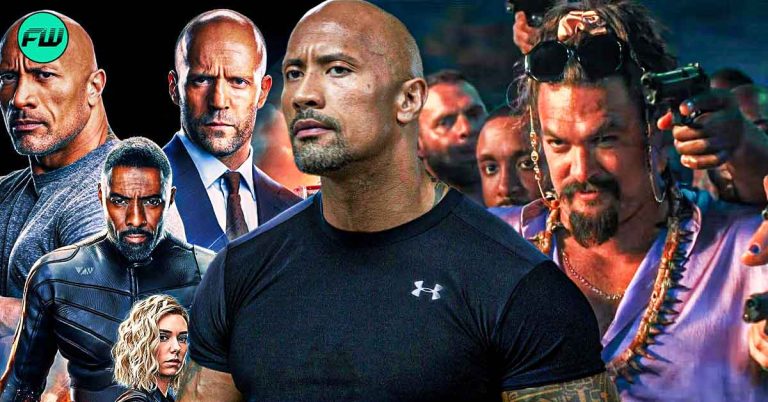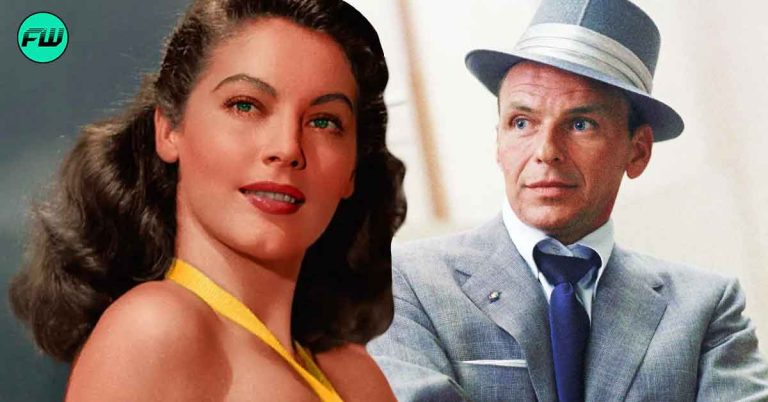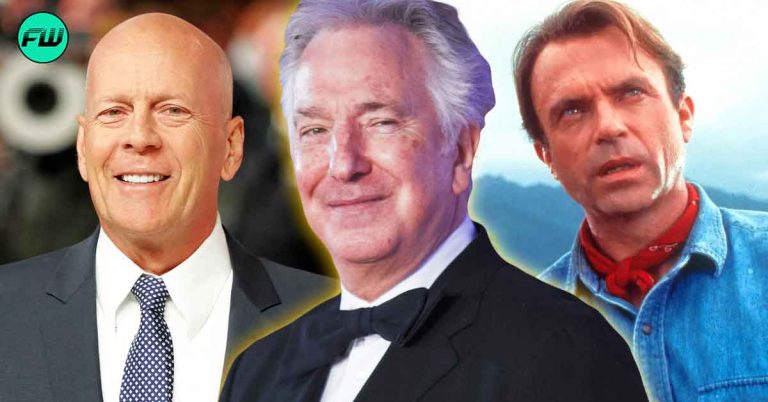Having put forth a great performance as Ego the Living Planet in Guardians of the Galaxy Vol 2, Kurt Russell has established himself as one of the most powerful villains in the Marvel movie world. Playing the role of the protagonist, Peter Quil’s father, Russell was more than excited to join the star-studded ensemble on their intergalactic journey. However, in one of his interviews, The Strongest Man in the World actor revealed the hurdles he faced while shooting the film, specifically related to CGI.

Moreover, he also opened up about how technology intervened in his craft of acting, making it all the more difficult for him to grasp the final outcome.
Kurt Russell on how CGI affects his process
Sharing his unique experiences on the set of Guardians of the Galaxy movies, Russell reflected on the advancements in technology and its impact on the filmmaking process during wire gag scenes on the set. He remarked,
“It’s funny, I was involved in wire gags, and this room was where we worked. You can still see some leftover wires. Wire gags have remained relatively consistent since the 1930s and 1940s, but the technology surrounding them has significantly improved, as have the wires themselves.”

Pointing out how the gags are now computerized, Kurt Russell went on to say that the technology today has reached a place where things appear completely different in the final movie. He added,
“I started doing those in the early 60s with Disney and they haven’t changed that much but having said that we’re getting further and further into this world where this will look completely different [in the movie]. It’s difficult. I’ve always been an actor – like many actors – who respond to their surroundings.”
Apart from this, the Fast and Furious 7 actor went on to discuss how the use of technology affects the organic flow of actions in a movie.
Kurt Russell explains how technological innovations do not allow for any spontaneity
Furthermore, Russell also discussed the importance of spontaneity in acting and how it is affected by technological advancements. He provided an example from his experience working on Tombstone, saying,
“There was a scene where I was walking with Dana Delany, and the wind was blowing that day, causing some cottonwood to float around. One piece was about to land on her face, so I instinctively plucked it out of the air, incorporating it into the scene organically. With the new technology, such moments won’t happen naturally, requiring actors to invent them.”

Moreover, he talked about his collaboration with Chris Pratt and how the two actors shared the same imaginative process. However, despite that, Russell felt that CGI stole away the possibility of incorporating new elements in the movie. He continued,
“You’re just doing a scene and something happens. You might not even be right or wrong but it happens and you go with it. A tree falls down. Play the tree fell down and continue on or it stops and gives the scene a whole different feeling and meaning. I worry about that being lost. [But] in a movie like this you have to have [that technology] because it’s just so chock-full of things that don’t exist.”
Russell’s comments highlight the evolving nature of the filmmaking world. However, he also points out why it is necessary to balance out the benefits of technological advancements with the importance of preserving the organic and improvisational aspects of acting.
Source: Mama’s Geeky










